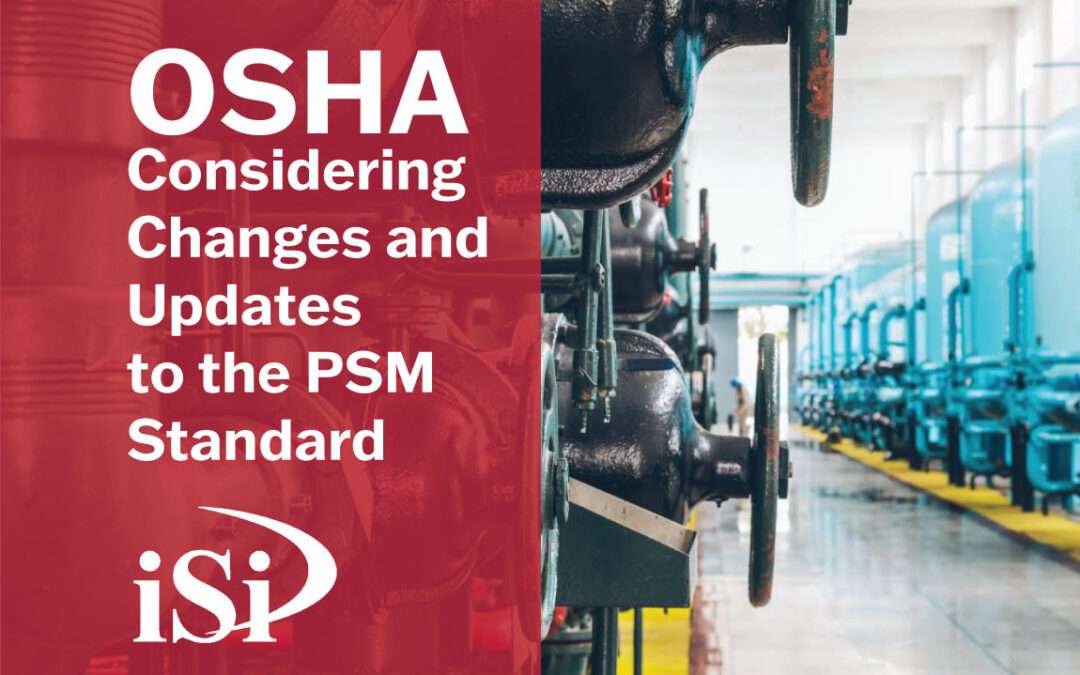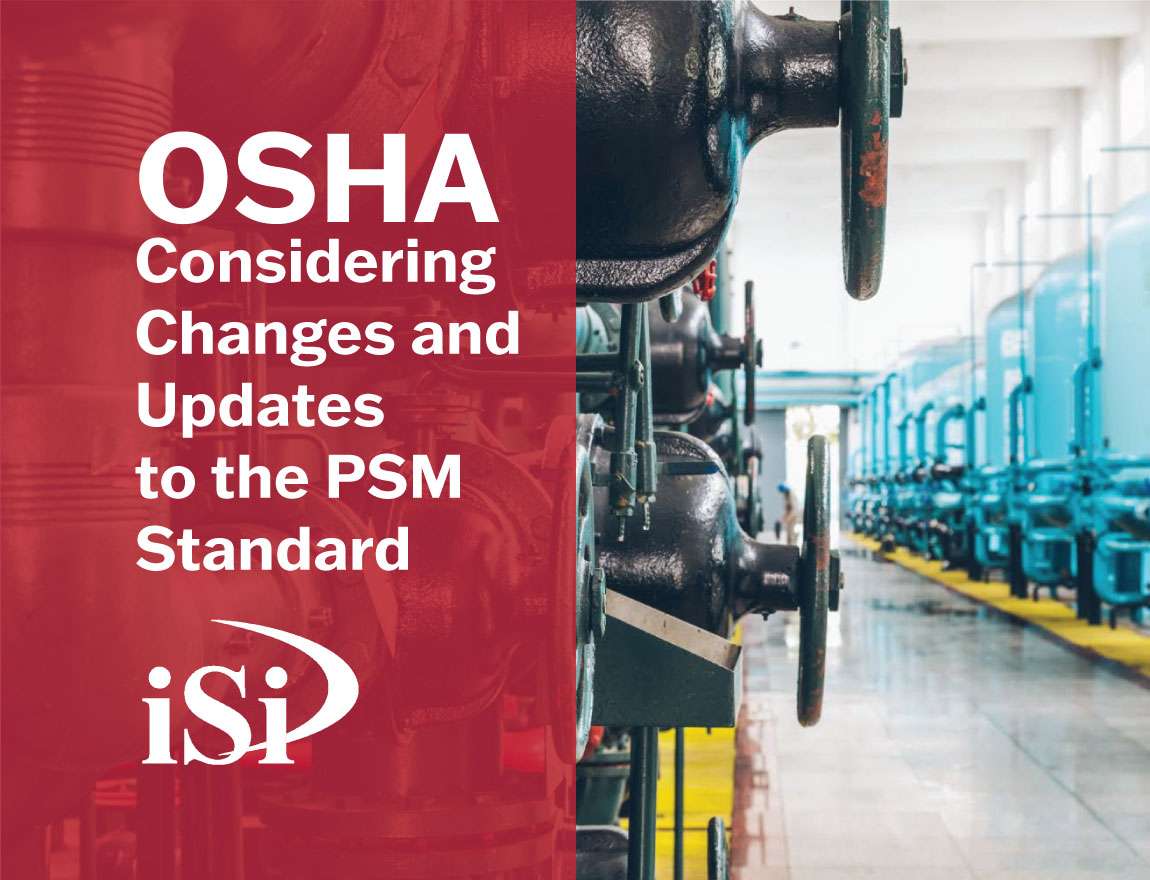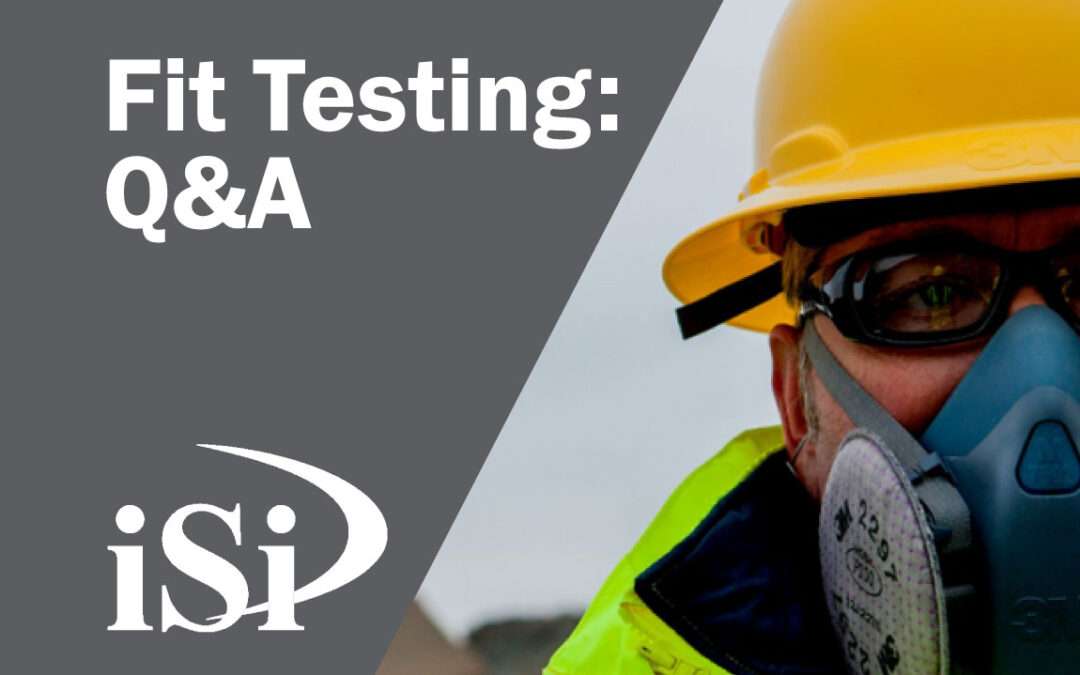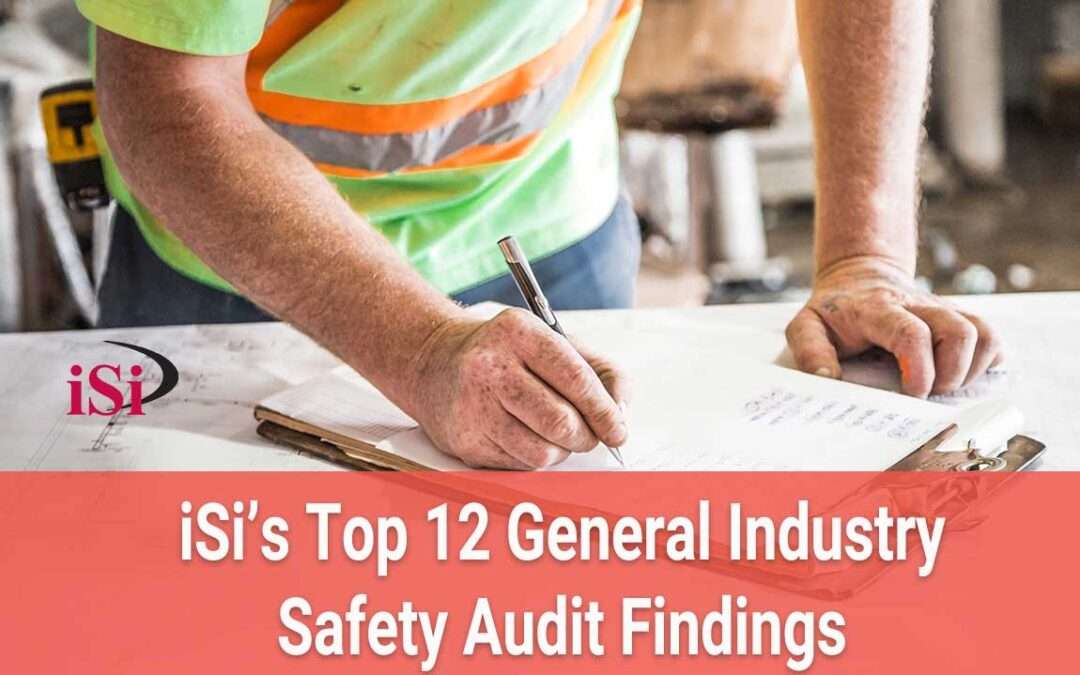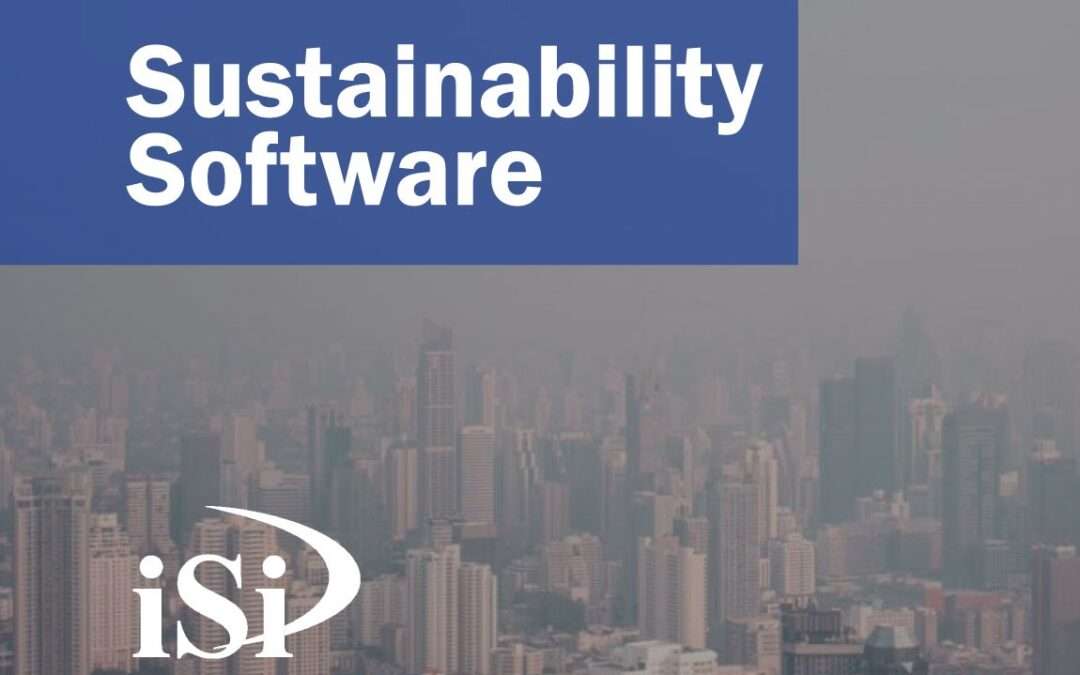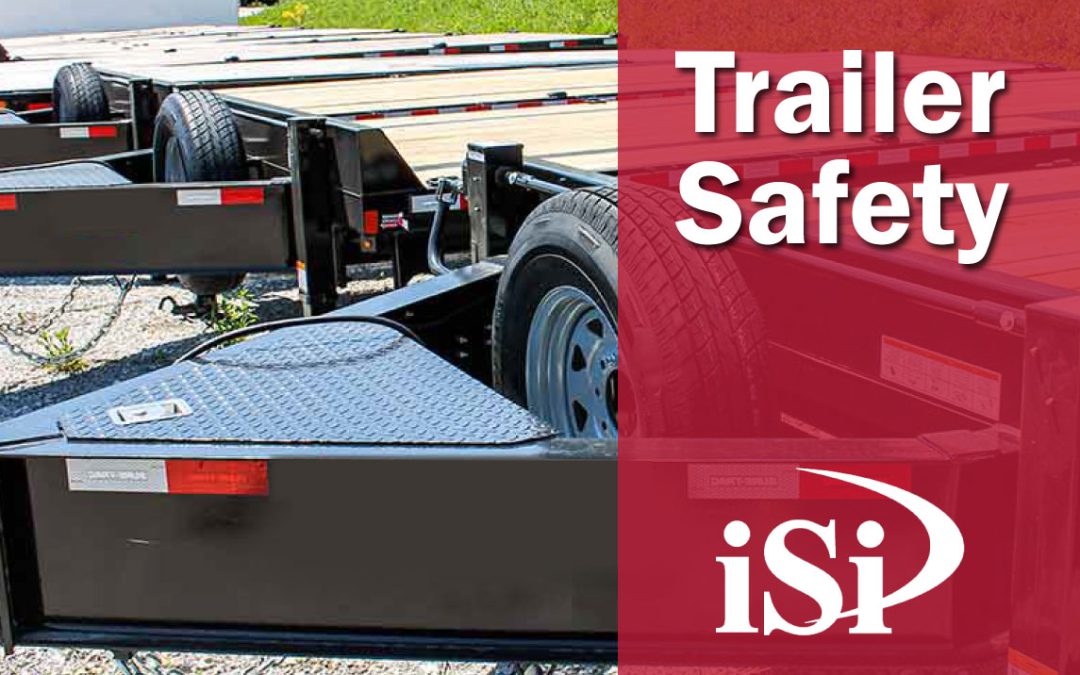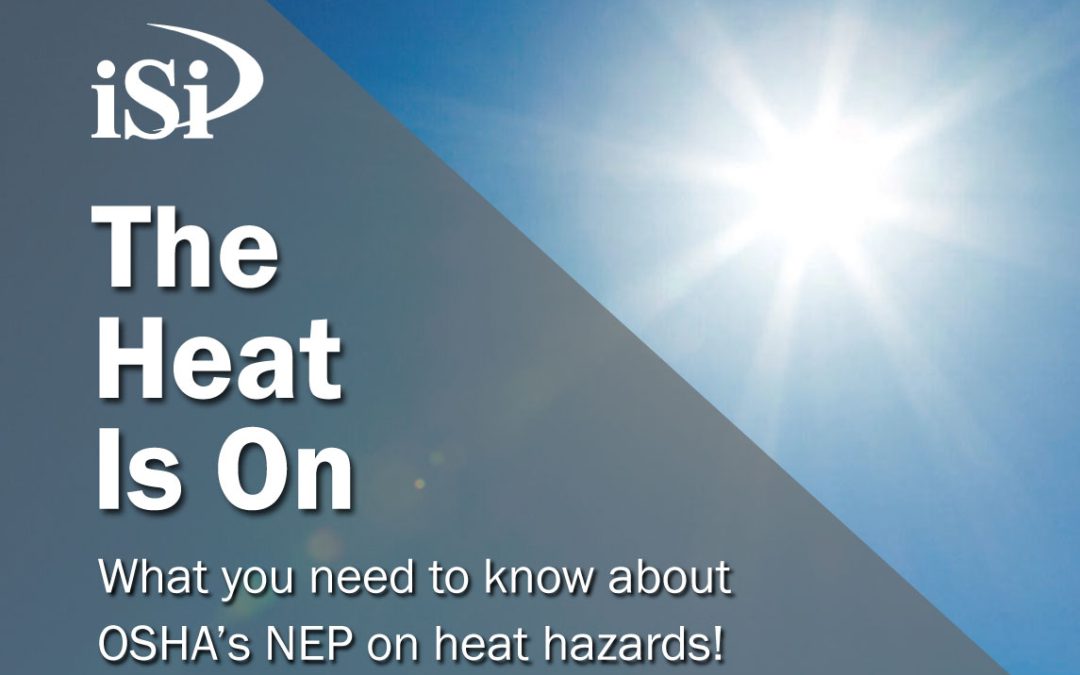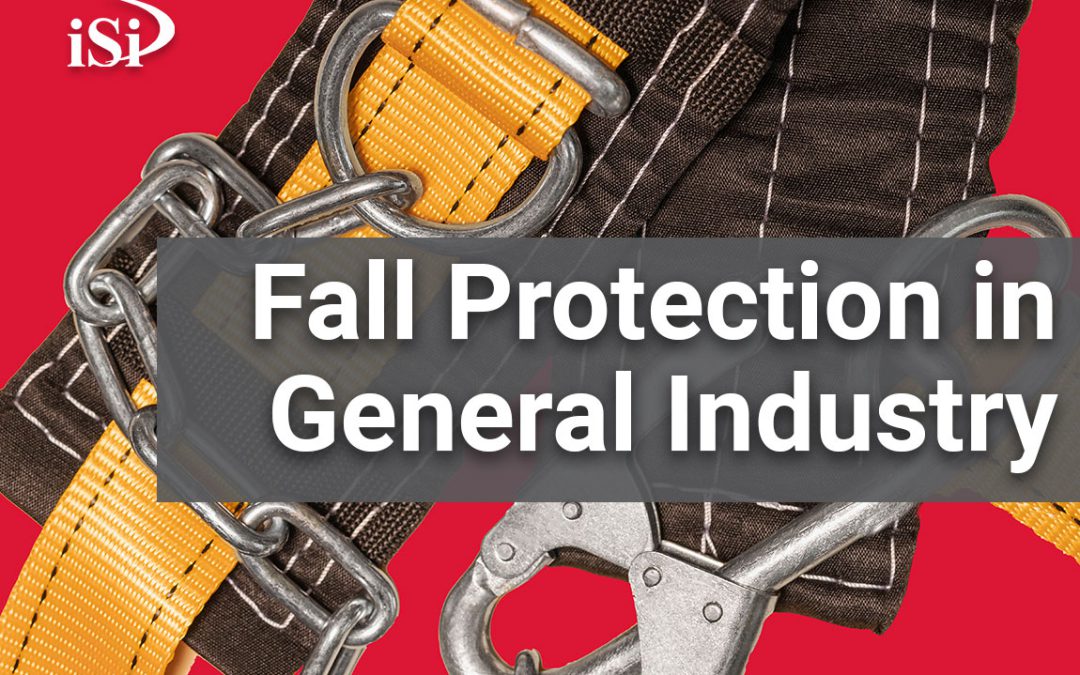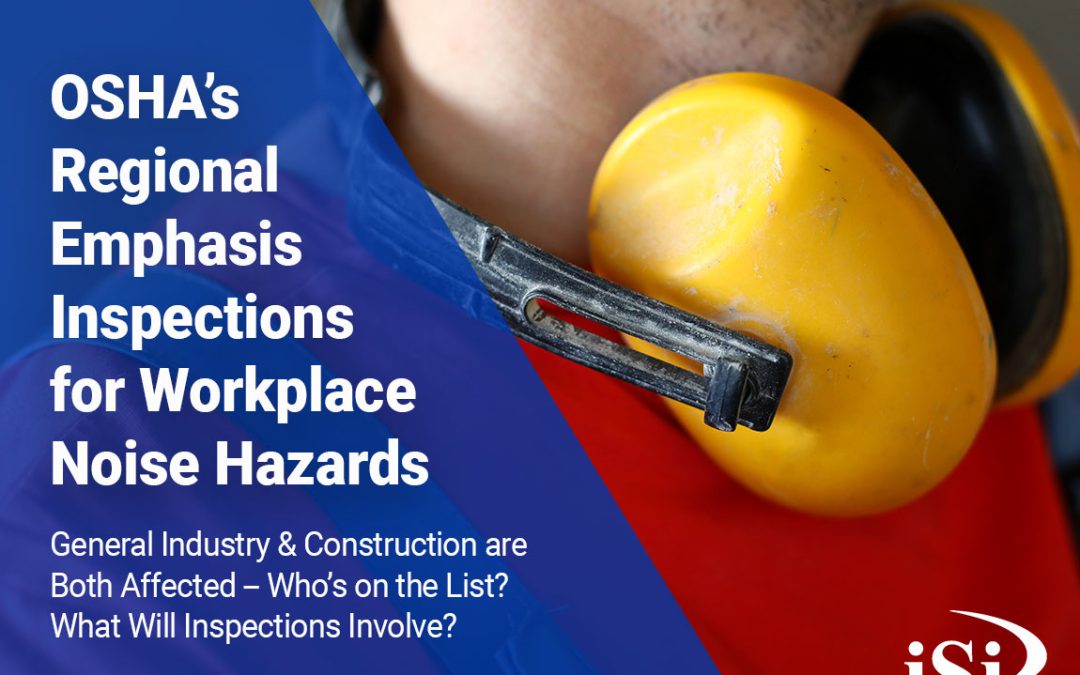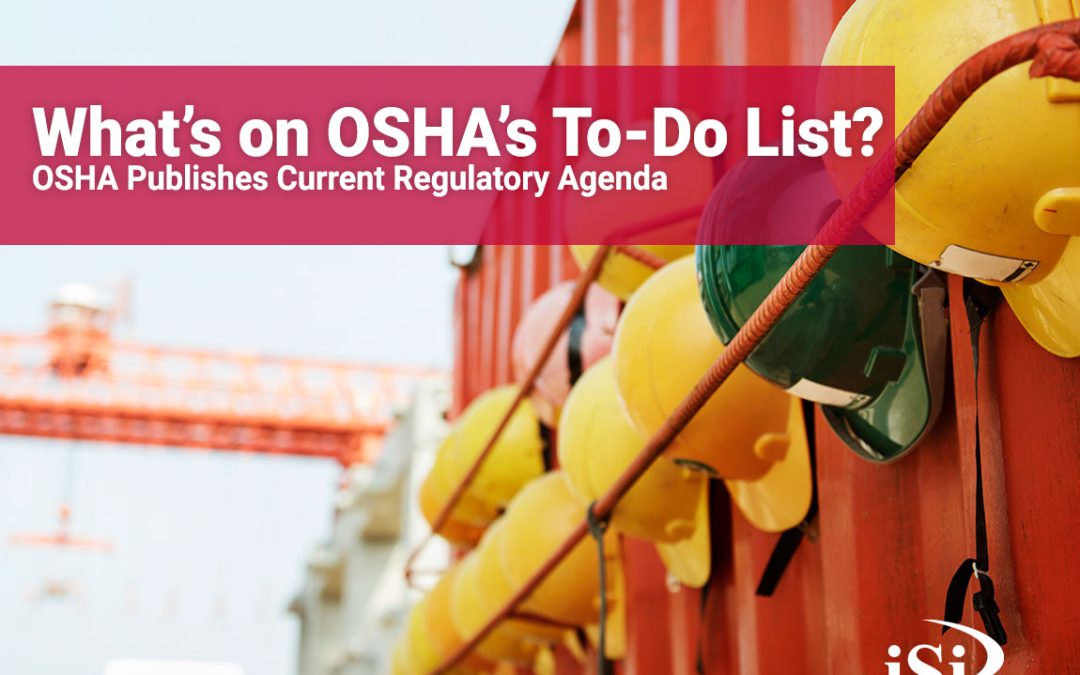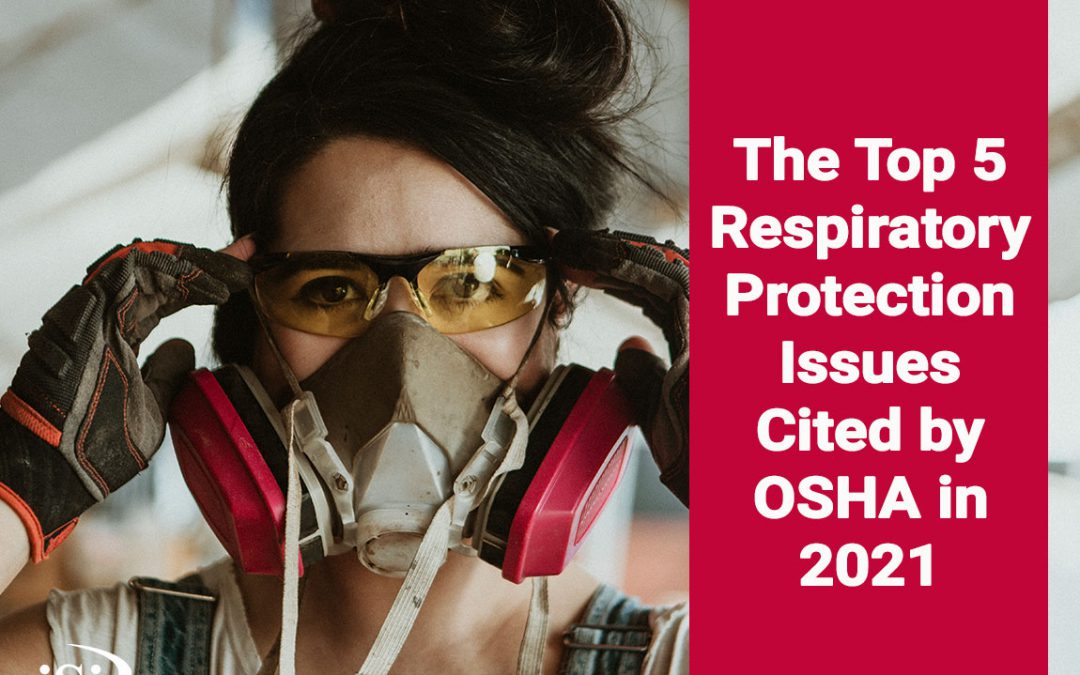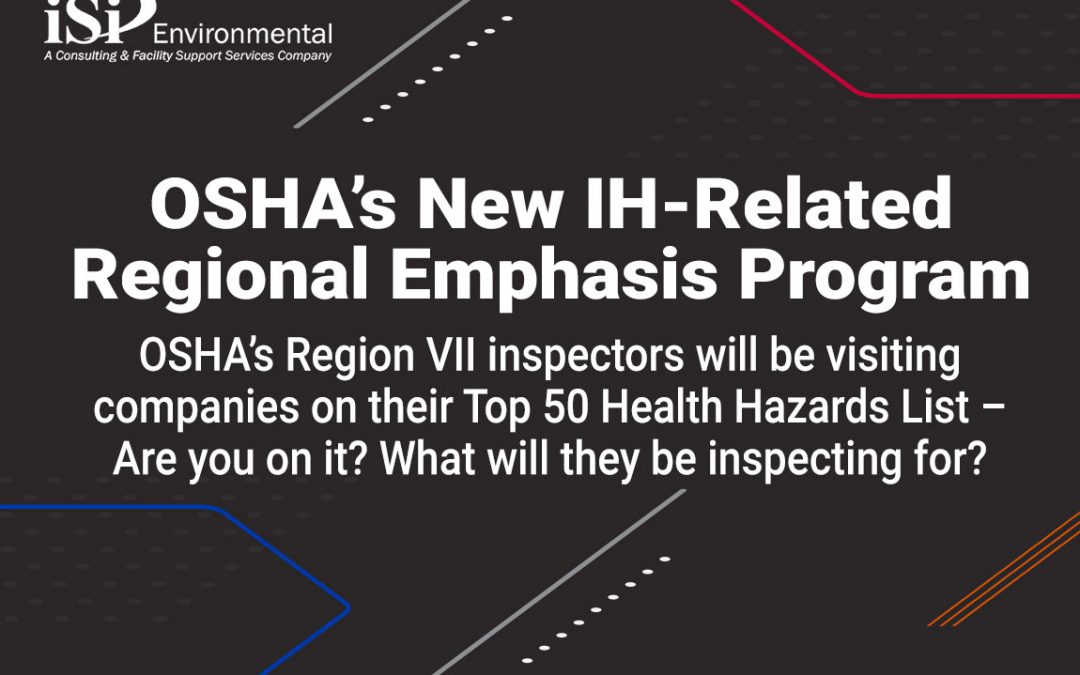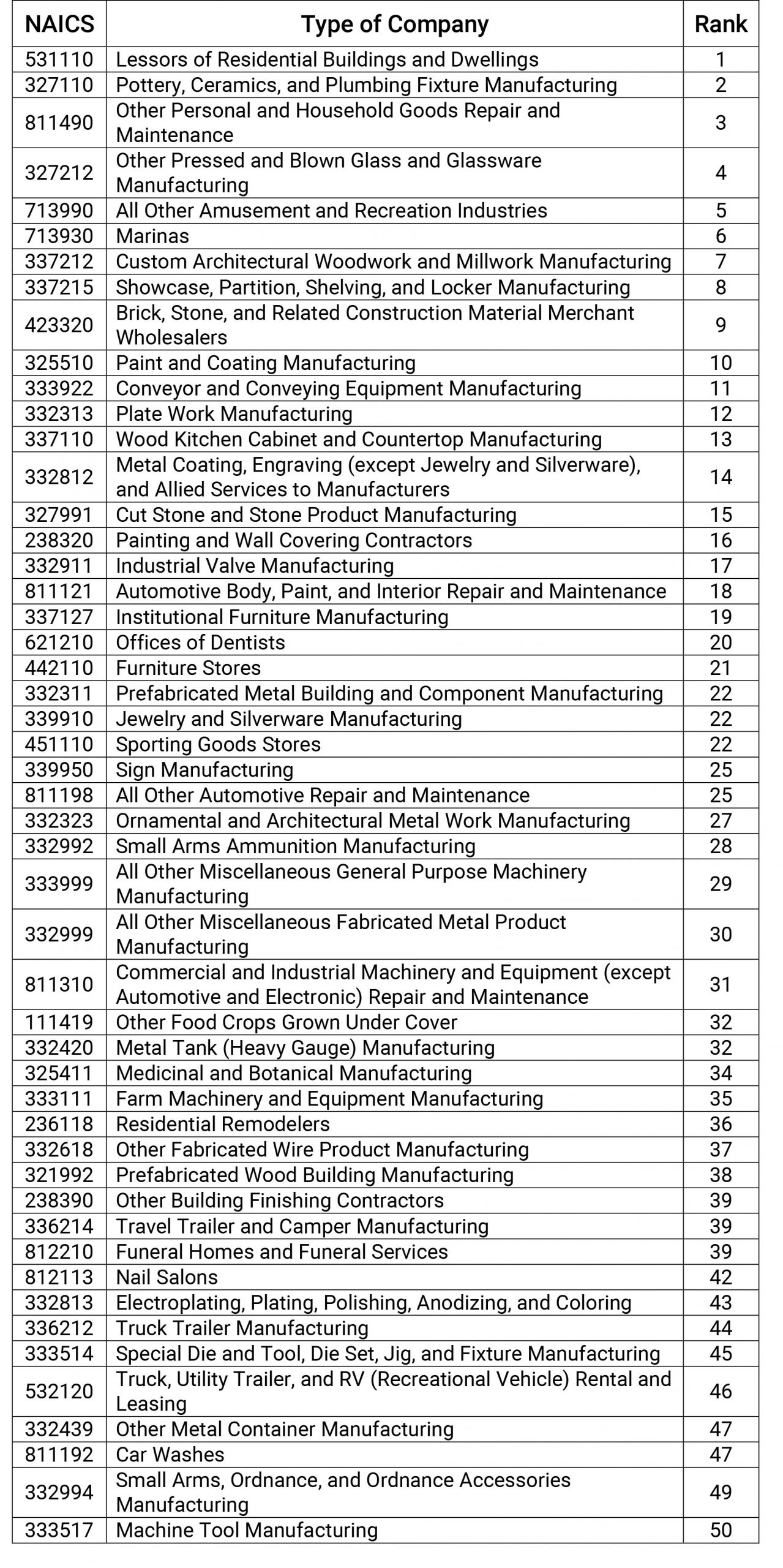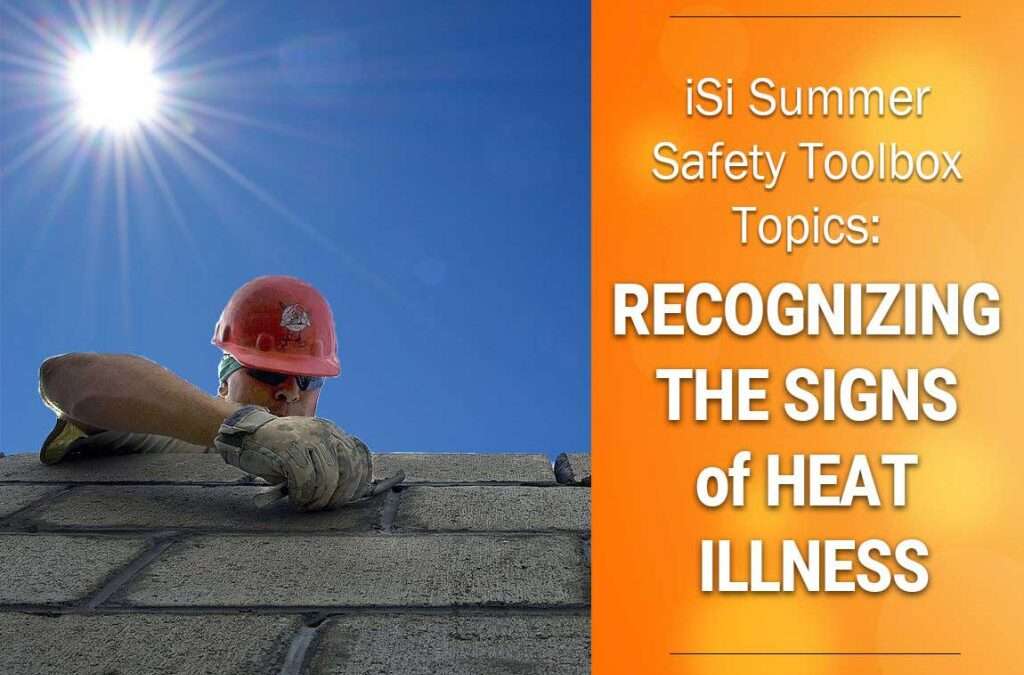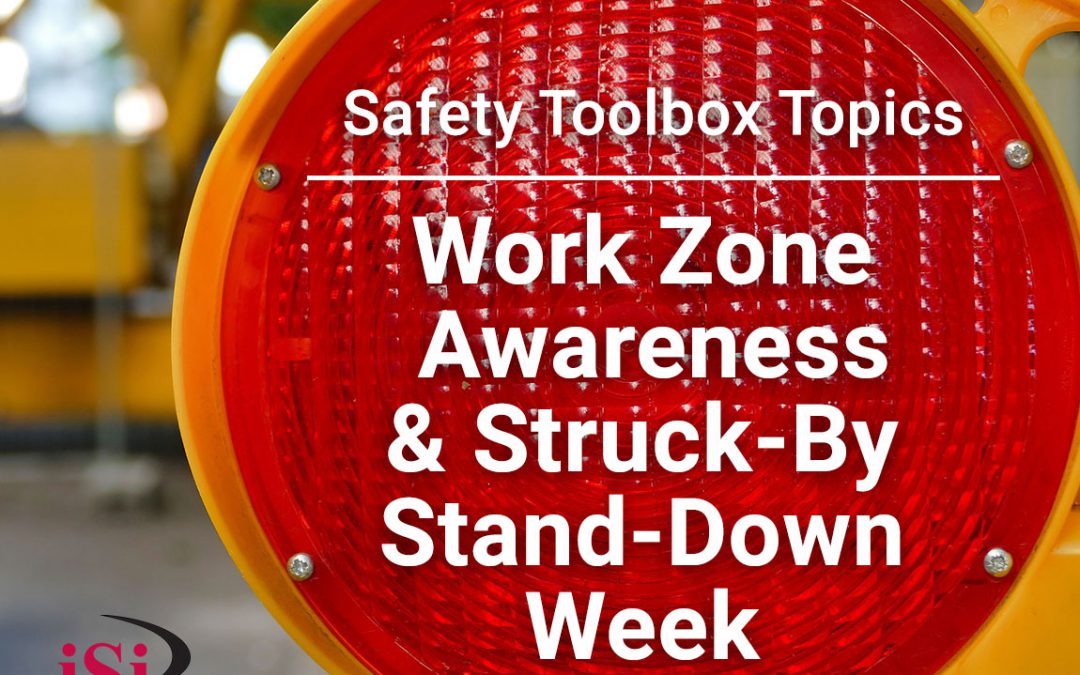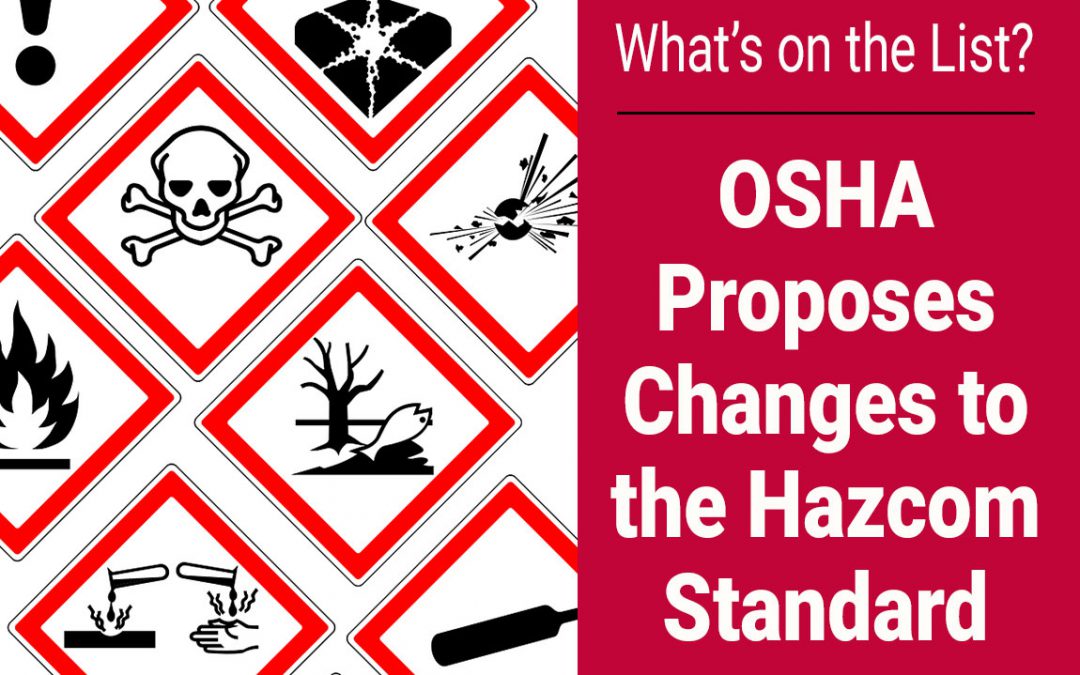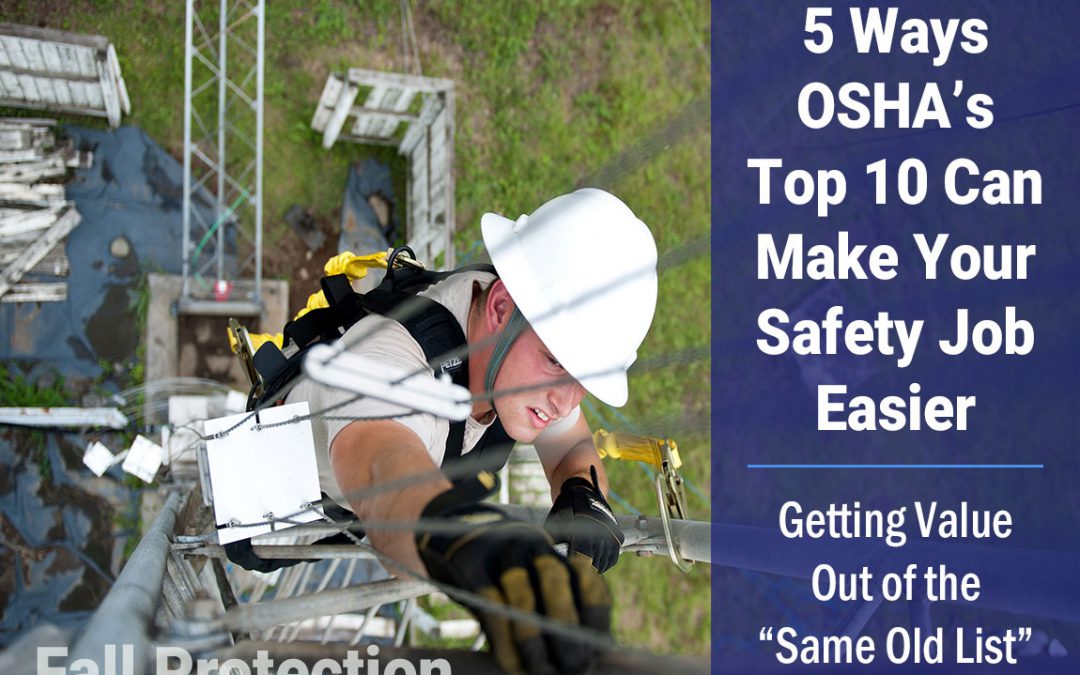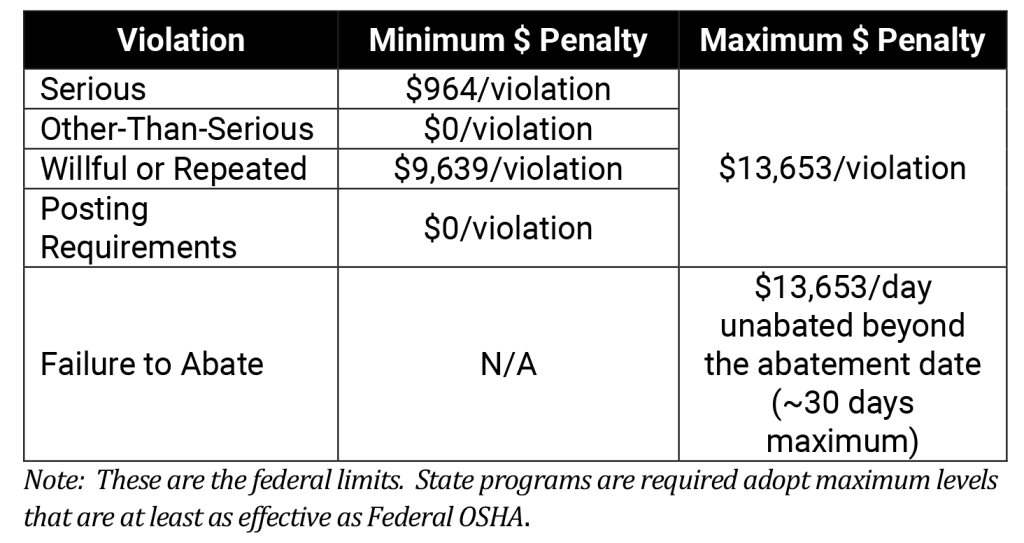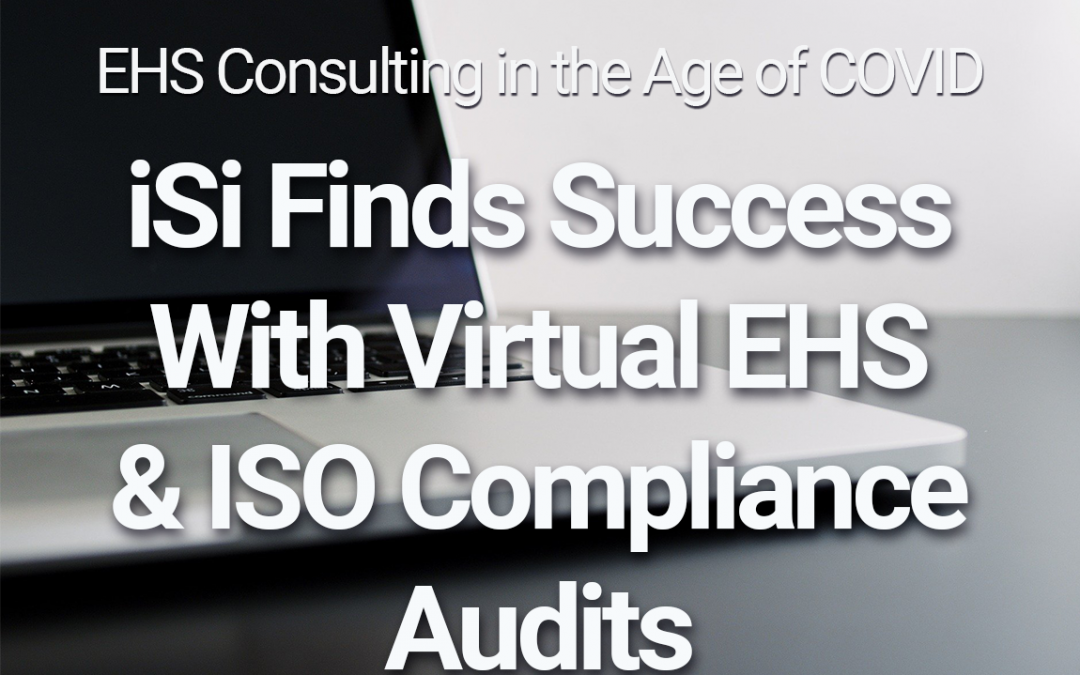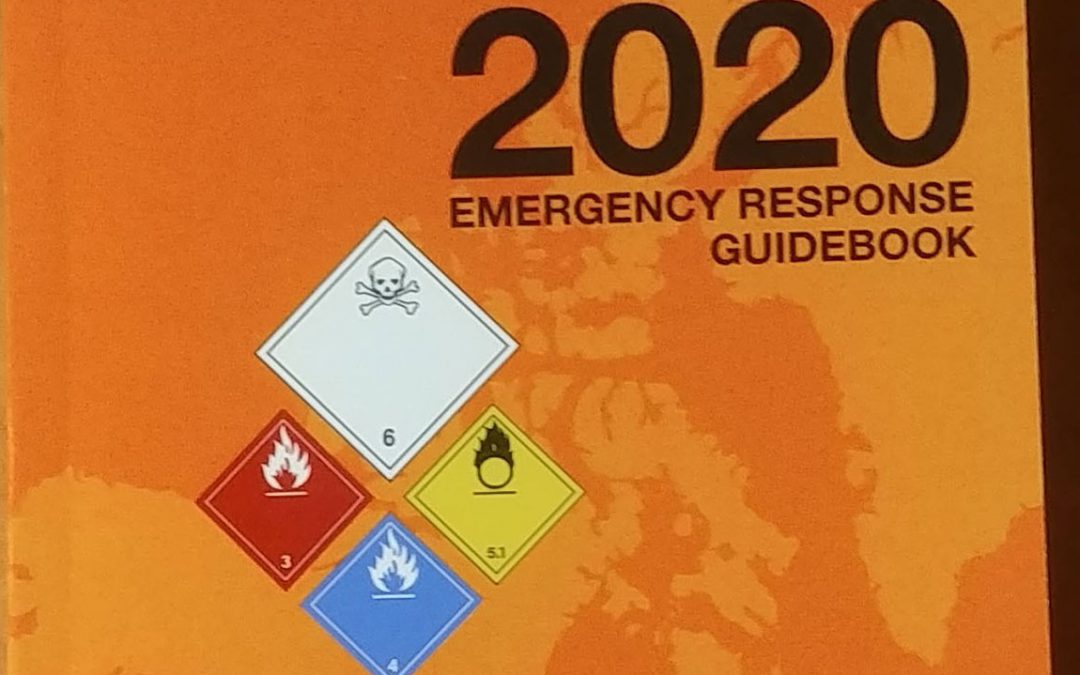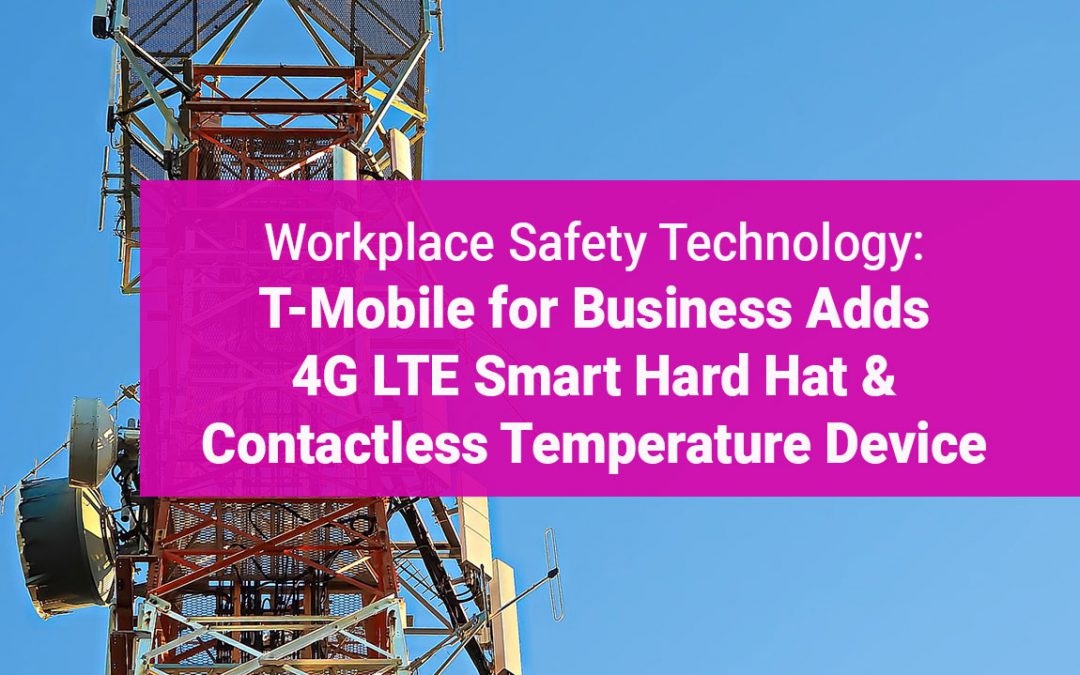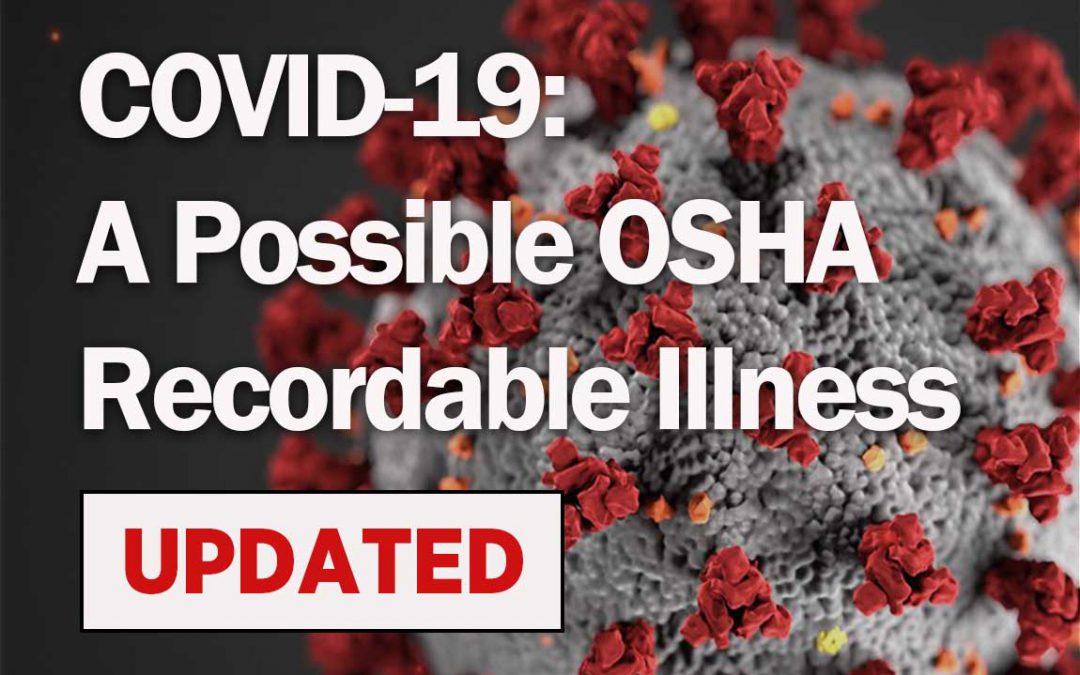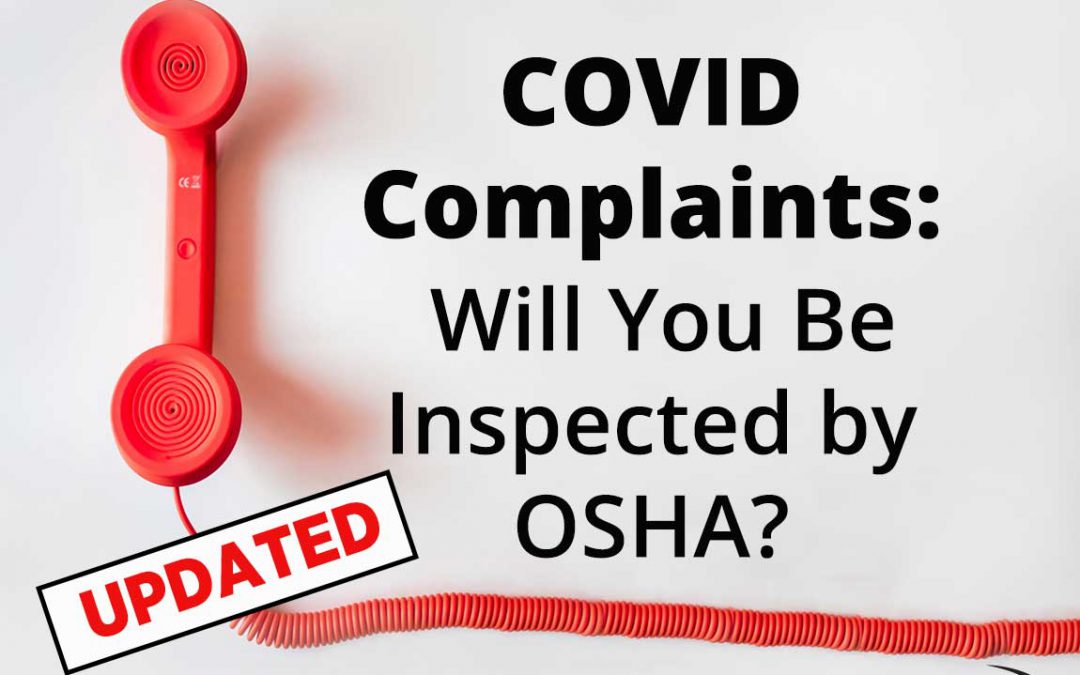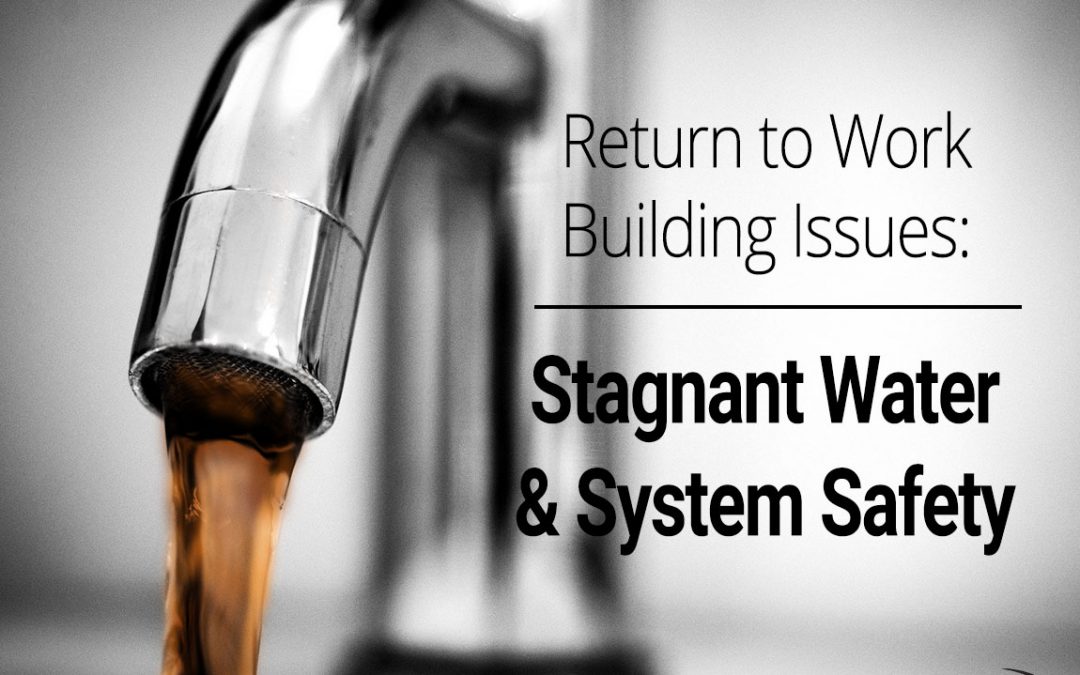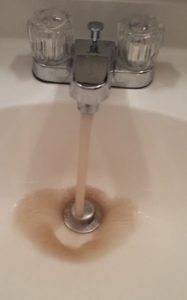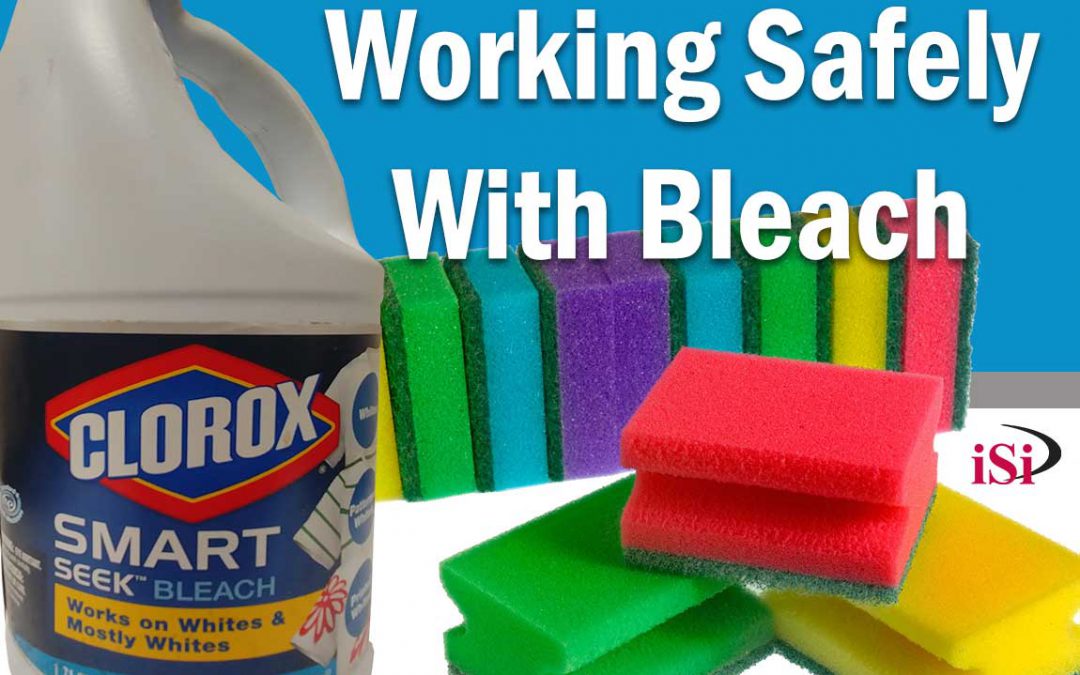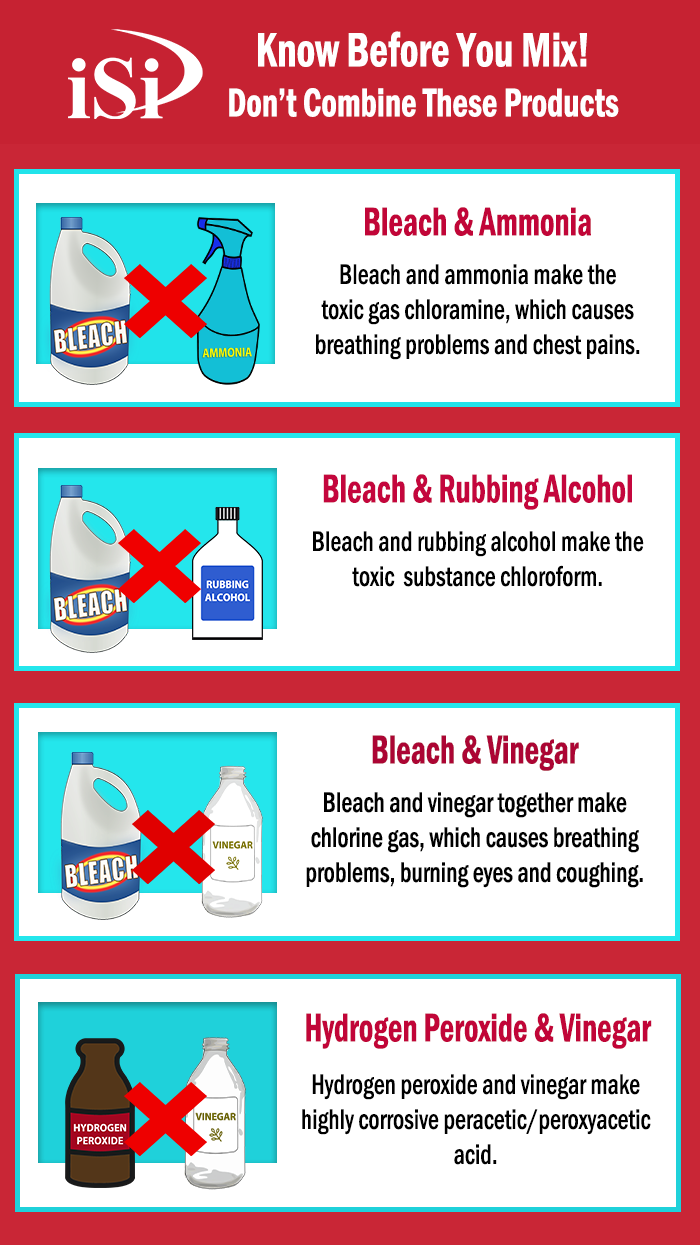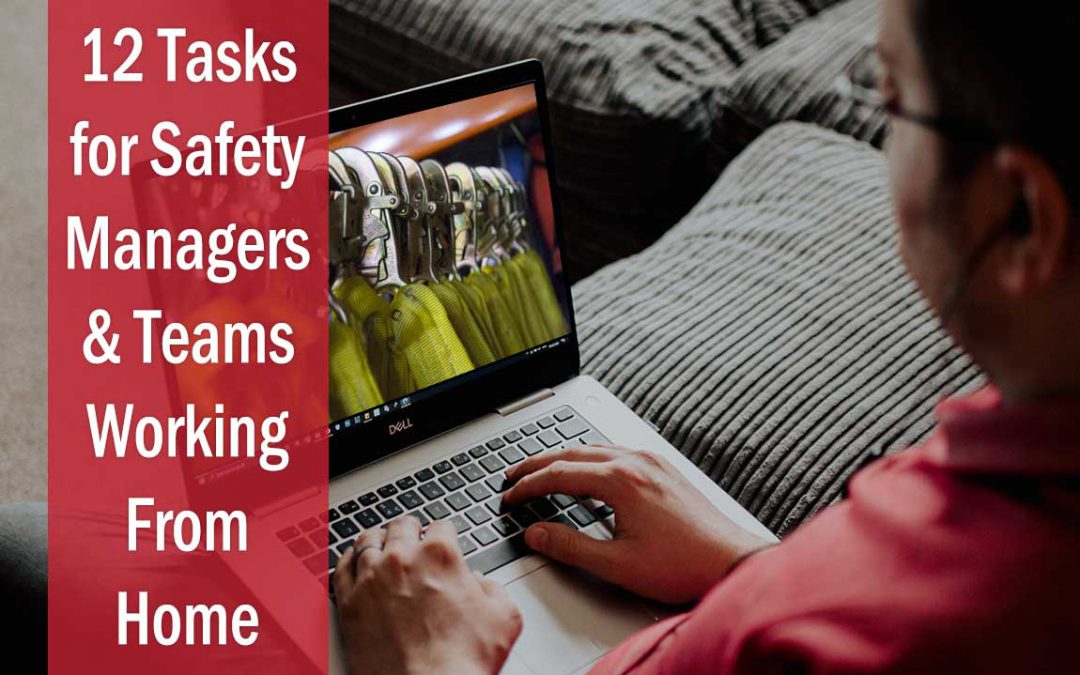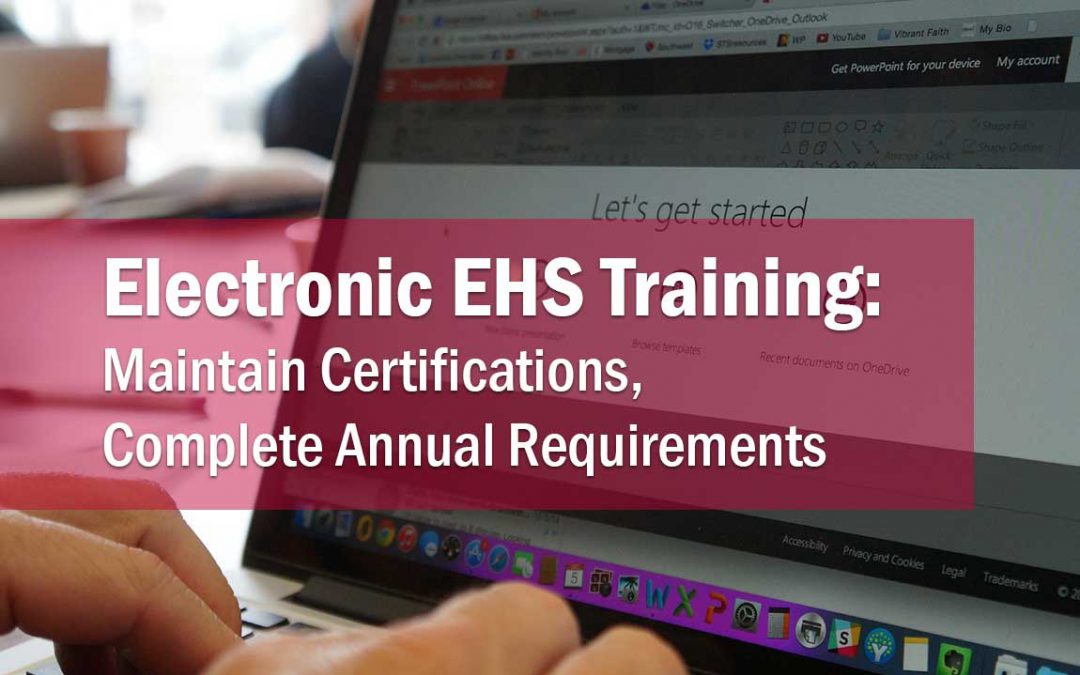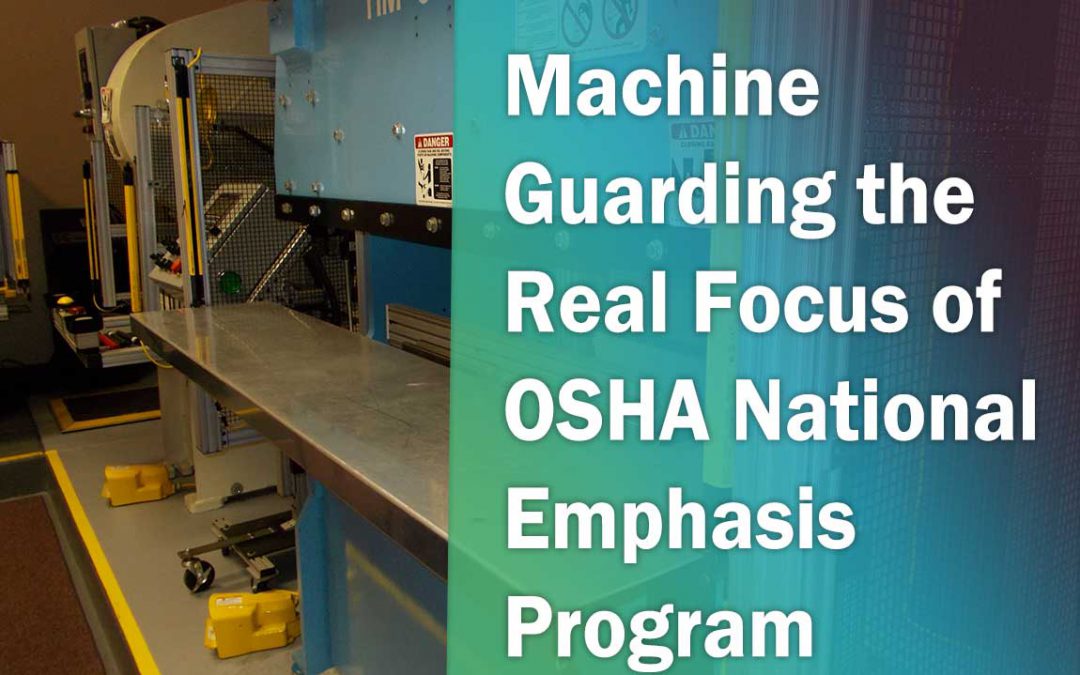OSHA’s regulatory agenda has been published with a list of priorities the agency is working on. Twice a year the federal agencies publish their regulatory priorities. These are typically listed by what stage each is currently in. What is on OSHA’s regulatory agenda, and what changes and additions may you see coming up?
Final Rule Stage
These are the ones closest to being issued as a final rule.
Walking Working Surfaces
1910.28(b)(11)(ii), 1910.29(f)(1)
Feedback about provisions of the 2016 final rule being unclear led OSHA to work to update some formatting errors in Table D-2 and to revise language about the requirements for stair rail systems to make them clearer.
Procedures for Handling Retaliation Complaints Under Whistleblower Protection Statuses, Under the Anti-Money Laundering Act, and Under the Criminal Antitrust Anti-Retaliation Act
Multiple
These three are basically the same, laying groundwork for procedures on how to handle and investigate complaints and protect retaliation against whistleblowers.
Proposed Rule Stage
Improved Tracking of Workplace Injuries and Illnesses
1904.41
This proposed rule would require establishments already reporting OSHA 300As electronically to submit the OSHA 300 and 301 information electronically as well. This was an original feature of the standard, but was removed in 2019. Those who are required to report electronically are employers with 250 or more employees.
Hazcom Updates
1910.1200
The last Hazard Communication Standard incorporated the 3rd Edition of the Globally Harmonized System of Classification and Labeling of Chemicals (GHS). GHS has been updated several times since 2012, and OSHA wants to update the standard to reflect the 7th Edition of GHS.
Amendments to the Crane and Derricks in Construction Standard
1926
- Correct references to power line voltage for direct current (DC) voltages as well as alternating current (AC) voltages;
- Broaden the exclusion for forklifts carrying loads under the forks from “winch or hook” to a “winch and boom”;
- Clarify an exclusion for work activities by articulating cranes;
- Provide 4 definitions inadvertently omitted in the final standard;
- Replace “minimum approach distance” with “minimum clearance distance” throughout to remove ambiguity;
- Clarify the use of demarcated boundaries for work near power lines;
- Correct an error permitting body belts to be used as a personal fall arrest system rather than a personal fall restraint system;
- Replace the verb “must” with “may” used in error in several provisions; correct an error in a caption on standard hand signals; and
- Resolve an issue of “NRTL-approved” safety equipment (e.g., proximity alarms and insulating devices) that is required by the final standard, but is not yet available.
Occupational Exposure to Crystalline Silica in Construction
1926.1153(c)
OSHA wants to seek information on the effectiveness of the dust control measures currently included in Table 1. They also want to find out if there are any other tasks or tools that would be effective to add to Table 1. Employers who follow Table 1 correctly are not required to measure workers’ exposure to silica and are not subject to the permissible exposure limit (PEL).
Welding in Construction Confined Spaces
1926.353
OSHA wants to amend the Welding and Cutting Standard to remove any ambiguity about the definition of a confined space. The explanation portion of the 2015 Confined Spaces in Construction standard discusses how the welding standard and the confined spaces standard work together. Although the confined spaces standard states that it encompasses welding activities, the welding standard does not expressly identify a definition of “confined space”.
PPE in Construction
1926.95
Clarification of requirements for the fit of PPE in construction.
Updates to Lockout/Tagout
1910.147
OSHA recognizes technological advancements in computer-based controls of hazardous energy conflict with the LOTO standard. These controls are increasingly being used and there are consensus standards for their design. Other countries are also accepting their use. OSHA wants to look into harmonizing the current standard with those other countries. There is a current RFI out which is seeking information to understand the strengths and limitations of these devices and their potential hazards to workers.
Powered Industrial Truck Design Standard Update
1910.178, 1926.602
OSHA is proposing to update the referenced ANSI standard from ANSI B56.1-1969 Safety Standard for Powered Industrial Trucks to also include the latest version of ANSI/ITSDF B56.1a-2018, Safety Standard for Low Lift and High Lift Trucks.
State Plans – Arizona and Massachusetts
1952
In the Arizona rule, OSHA is considering revoking Arizona’s State Plan because they didn’t issue an Emergency Temporary Standard for COVID within the 30 days OSHA gave them to adopt their own standard. State Plans are required to issue regulations as strong as or stronger than federal OSHA.
Massachusetts is applying to have a State Plan applicable only to state and local government employees.
Specific Industries
Medical – Infectious Diseases
1910
This rule is meant to identify standards to protect workers in health care, emergency response, prisons, homeless shelters, drug treatment programs, medical examiners, labs, and other occupational settings where there’s a high risk of transmission of infectious diseases such as TB, MRSA, SARS, chickenpox, shingles and COVID.
Shipyard Fall Protection – Scaffolds, Ladders and Other Working Surfaces
1915.71-1915.77, subpart E
The current subpart E section of the standard is not comprehensive in its coverage of fall hazards in shipyards. OSHA issued a Request for Information and is considering updating existing standards and dividing the rulemaking into three subparts: subpart E, Stairways, Ladders and Other Access and Egress; subpart M, Fall Protection; and subpart N, Scaffolds.
Communication Tower Construction and Maintenance
1926 and 1910
Communication tower work has a high fatality rate and construction is expected to greatly increase. OSHA has been collecting information and has determined current fall protection and personnel hoisting guidance may not adequately cover this work. OSHA will be determining if a separate standard is needed, including covering structures that have telecommunications equipment on it or attached to them such as rooftops, buildings, water towers and billboards.
Tree Care
No Specific Reg Cited
There is no standard for tree care operations, which is a high hazard industry. The tree care industry has petitioned to have a rule, and OSHA has collected information from affected small entities on what may be included in a potential standard.
Prerule Stage
Heat Illness Prevention in Outdoor and Indoor Work Settings
No Specific Reg Cited
This has gotten more publicity in the past few years. In our blog in 2019 we wrote about a House bill that would require OSHA to develop a formal heat standard. The effort and debate continues. OSHA says that given the potentially broad scope of regulatory efforts to protect workers from heat hazards, as well as a number of technical issues and considerations with regulating this hazard (e.g., heat stress thresholds, heat acclimatization planning, exposure monitoring, medical monitoring), a Request for Information would allow them to begin a dialogue and engage with stakeholders to explore the potential for rulemaking on this topic.
Blood Lead Level for Medical Removal
1910.1025, 1926.62
OSHA is looking at reducing the trigger level for removing personnel from lead exposures. Current levels require medical removal at 60 µg/dL in general industry, 50 µg/dL in construction and the return of employees to a former job status at below 40 µg/dL. OSHA will be seeking public input on levels, identifying possible areas of the lead standard that need to be revised and how to improve worker protection where preventable lead exposures continue to occur.
Emergency Response
1910
Current OSHA standards don’t reflect the full range of hazards that emergency responders encounter nor the advancements in PPE, in technology, nor the major developments already being accepted by the emergency response community and consensus standards. OSHA is considering updating these based on information gathered through a request for information and public meetings.
Process Safety Management and Prevention of Major Chemical Accidents
1910.119
OSHA has been looking at potentially modernizing the PSM standard and related standards since 2013. Stakeholder meetings are next on the list.
Mechanical Power Presses Update
No Specific Reg Cited
The current OSHA standard is over 40 years old and does not address the use of hydraulic or pneumatic power presses or any other technological changes. OSHA previously published an Advanced Notice of Proposed Rulemaking on Mechanical Power Presses (June 2007) in which it identified several options for updating this standard. It’s still on the list.
Prevention of Workplace Violence in Health Care and Social Assistance
No Specific Reg Cited
This has been on the list since 2017 and is related to impacts of workplace violence, prevention strategies and other information in health care and social assistance. OSHA was petitioned for a standard preventing workplace violence in health care by a broad coalition of labor unions, and in a separate petition by the National Nurses United. A small business study (like those conducted for specific industries) is next on the list.
